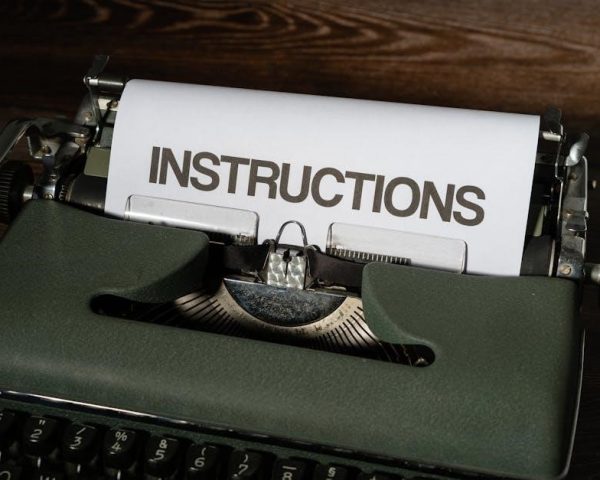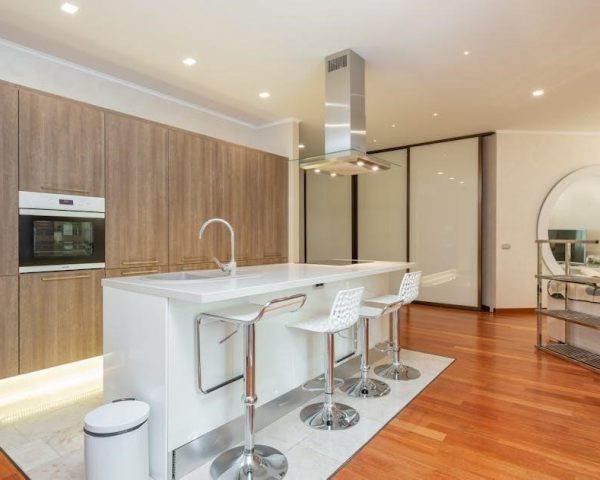Manual and power recliners offer unique comfort and functionality, catering to different preferences and needs. This article explores their features, benefits, and differences to help you choose the best option for your lifestyle.
Overview of Manual and Power Recliners
Manual and power recliners are two distinct types of furniture designed for comfort and relaxation. Manual recliners operate using a mechanical mechanism, requiring users to adjust their position manually, often via a lever or handle. They are known for their simplicity, durability, and cost-effectiveness. Power recliners, on the other hand, utilize electric motors to adjust positions, offering smooth and effortless transitions. These recliners often come with additional features like heat, massage, and adjustable headrests, catering to users seeking advanced comfort and convenience. Both types are popular in modern households, with manual recliners appealing to those who prefer traditional designs and power recliners attracting tech-savvy individuals who value luxury and ease of use.
Importance of Choosing the Right Recliner
Selecting the right recliner is crucial for ensuring comfort, support, and long-term satisfaction. A well-chosen recliner can enhance relaxation, improve posture, and alleviate discomfort, making it a valuable investment for daily use. With varying lifestyles and preferences, understanding the differences between manual and power recliners helps in making an informed decision. Manual recliners offer simplicity and cost-effectiveness, while power recliners provide advanced features and ease of use. Considering factors like space, durability, and personal needs ensures the recliner fits seamlessly into your home and lifestyle. Ultimately, choosing the right recliner is not just about furniture but about creating a comfortable and inviting environment for years to come.
Objective of the Article
The objective of this article is to provide a comprehensive comparison between manual and power recliners, highlighting their unique features, benefits, and drawbacks. By exploring factors such as adjustment mechanisms, customization options, space requirements, and cost, the article aims to help readers make an informed decision tailored to their specific needs and preferences. Whether prioritizing simplicity, advanced functionality, or budget-friendly solutions, this guide offers insights to ensure the best choice for comfort and convenience. The goal is to empower readers with detailed information, enabling them to select the ideal recliner that aligns with their lifestyle and enhances their relaxation experience.
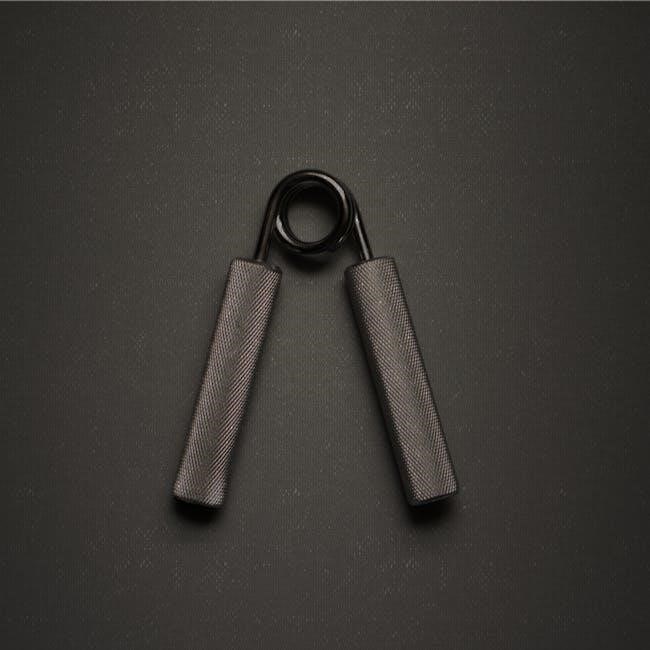
What Are Manual Recliners?
Manual recliners are non-motorized furniture pieces that rely on mechanical systems, allowing users to adjust their position manually, offering simplicity and ease of use without advanced features.
Definition and Mechanism
A manual recliner is a type of chair designed for comfort, featuring a mechanism that allows users to manually adjust its position. Unlike power recliners, manual recliners rely on physical effort to recline, typically using a lever, handle, or footrest to shift the chair’s position. This mechanism often involves a spring or cable system that supports the user’s weight and enables smooth transitions between upright and reclined positions. The simplicity of manual recliners makes them durable and easy to maintain, as they lack complex electrical components. They are ideal for those who prefer a straightforward, cost-effective solution for relaxation without the need for advanced features or power sources.
Types of Manual Recliners
Manual recliners come in various styles to suit different preferences and spaces. Traditional manual recliners offer a classic design with a lever or handle for adjustment. Push-back recliners eliminate the need for a lever, allowing users to recline by simply pushing back. Glider recliners combine reclining with a smooth gliding motion, often paired with ottomans for enhanced comfort. Rocker recliners blend the functionality of a recliner with the soothing motion of a rocking chair. Additionally, some manual recliners feature adjustable headrests or footrests for customizable support. Materials vary, with options ranging from sturdy fabrics to genuine leather, ensuring durability and aesthetic appeal. These diverse designs cater to individual needs, providing comfort and practicality without the reliance on power.
Pros of Manual Recliners
Manual recliners are prized for their simplicity and reliability, offering a cost-effective solution for relaxation. They require no electricity, making them portable and ideal for any room. Their straightforward mechanism ensures durability and less risk of mechanical failure. Additionally, manual recliners are often lightweight and easier to move, providing flexibility in home arrangements. They cater to those who prefer a more traditional, hands-on approach to adjusting their seating position. The absence of complex electronics also means lower maintenance and repair costs over time. For many users, the manual operation enhances the tactile experience, allowing for precise control over the reclining angle. This blend of practicality, affordability, and ease of use makes manual recliners a popular choice for everyday comfort and convenience.
Cons of Manual Recliners
Manual recliners have some drawbacks that may make them less suitable for certain users. One notable disadvantage is the physical effort required to adjust the reclining position, which can be tiring for some individuals. Additionally, they lack the advanced features of power recliners, such as preset positions or massage functions. The manual mechanism can also be less intuitive for people with limited mobility or strength. Furthermore, manual recliners may not offer the same level of customization or ease of use as their powered counterparts. Their bulkier design can make them harder to move, and the absence of modern technological features may appeal less to those seeking a more luxurious experience. These limitations make manual recliners a less ideal choice for individuals prioritizing convenience and advanced functionality.
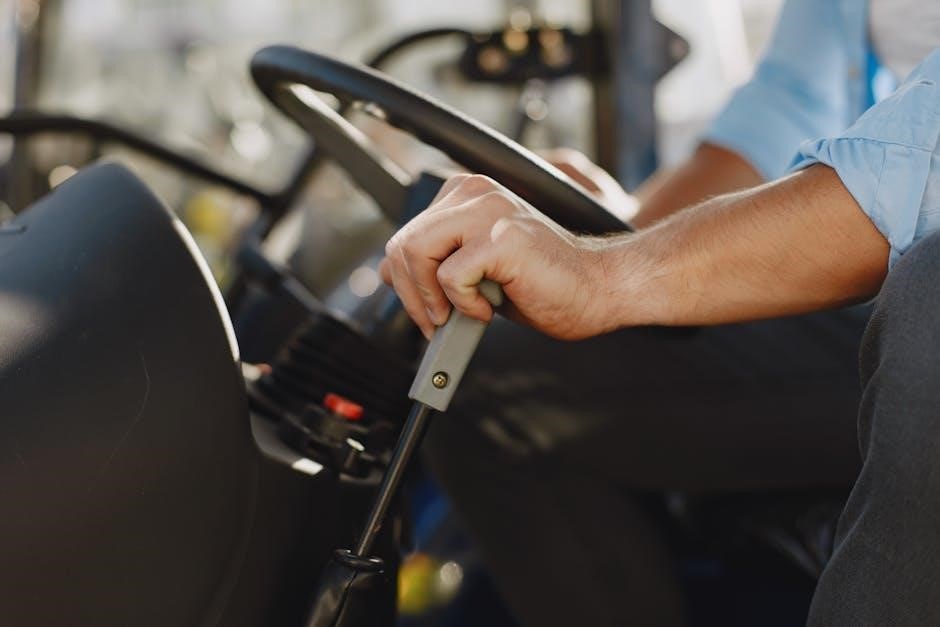
What Are Power Recliners?
Power recliners are motorized chairs that adjust positions electronically, offering effortless operation with features like preset buttons, massage, and heat, tailored for modern comfort and convenience.
Manual recliners operate using a side lever or handle, allowing users to adjust the chair’s position manually. They rely on mechanical components like springs and gears to recline or return to an upright position. Power recliners, on the other hand, use electric motors to adjust their positions. They often feature preset buttons, memory functions, and additional features like massage or heat. The mechanism involves an electric control panel connected to motors that move the chair’s parts smoothly. Both types cater to different user preferences, with manual recliners offering simplicity and power recliners providing convenience and advanced functionality.
Types of Power Recliners
Power recliners come in various styles to suit different needs. Standard power recliners offer basic adjustments like reclining and footrest extension. Massage and heated power recliners include additional features for relaxation. Wall-hugging power recliners are space-efficient, while home theater models often have cup holders and storage. Some power recliners feature zero-gravity positions, mimicking weightlessness for optimal comfort. High-end models may include adjustable headrests, lumbar support, and advanced control systems. Each type caters to specific preferences, ensuring users can find a recliner that matches their lifestyle and comfort requirements.
Pros of Power Recliners
Power recliners offer exceptional convenience and ease of use, especially for individuals with mobility challenges. They provide smooth, effortless adjustments via remote or button controls, allowing precise positioning. Many models include advanced features like massage, heat, and lumbar support, enhancing relaxation. Power recliners often come with preset positions, making it easy to find your ideal comfort setting. They are ideal for prolonged use, as they eliminate the need for manual effort. Additionally, power recliners often feature ergonomic designs that cater to various body types and preferences. Their ability to integrate with smart home systems adds modern functionality. Overall, power recliners combine luxury, comfort, and practicality, making them a popular choice for those seeking a high-end seating experience.
Cons of Power Recliners
Power recliners have several drawbacks, including higher costs and dependency on electricity, which can be inconvenient during power outages. They often require professional installation and may need more space due to their bulkier design. Repairing power recliners can be expensive and time-consuming, as they involve complex mechanical and electrical components. Additionally, they may produce noise during operation and contribute to higher energy bills. Some users find the reliance on technology less appealing than the simplicity of manual recliners. Furthermore, power recliners are generally heavier and less portable, making them difficult to move or rearrange. These factors can make power recliners less practical for certain lifestyles or living situations, despite their advanced features and comfort benefits.
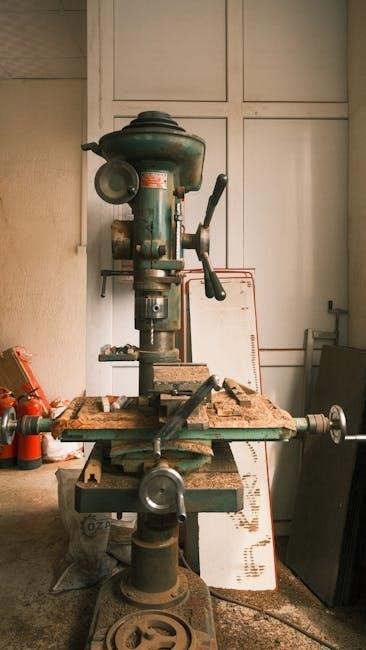
Manual vs. Power Recliners: Key Features
Manual recliners offer simplicity and affordability, relying on physical effort to adjust positions, while power recliners provide advanced features like preset settings and motorized controls for effortless comfort.
Adjustment Mechanisms
Manual recliners rely on physical effort, typically using a lever or handle to adjust positions, offering a straightforward and reliable mechanism. Power recliners, however, utilize electric motors controlled by buttons or remotes, providing smooth and effortless adjustments. While manual recliners require strength and manual dexterity, power recliners cater to individuals seeking convenience and ease of use. The electric mechanism in power recliners often includes preset settings, allowing users to save preferred positions for quick access. Manual recliners, on the other hand, lack such advanced features but are simpler and more durable in terms of mechanical operation. Both mechanisms cater to different needs, with manual recliners appealing to those who prefer simplicity and power recliners offering modern, tech-driven solutions.
Customization Options
Manual and power recliners differ significantly in terms of customization. Manual recliners often focus on simplicity, offering fewer adjustable features but allowing users to choose from various fabrics, colors, and styles to match their decor. Power recliners, however, provide advanced customization options, such as adjustable headrests, heated seats, and massage functions. Some power recliners even come with programmable settings, enabling users to save their preferred positions. While manual recliners emphasize aesthetic personalization, power recliners prioritize functional customization, catering to individual comfort preferences. Both options ensure a tailored experience, whether through design or technology, making them suitable for different lifestyles and needs.
Space and Portability
Manual recliners are generally more space-efficient and portable compared to power recliners. They are lighter in weight and easier to move, making them ideal for smaller rooms or rearranging layouts. Power recliners, while comfortable, often require more space due to their bulkier design and electrical components. Additionally, power recliners are less portable because they need to be plugged into a power source, limiting their placement options. Manual recliners, on the other hand, can be easily relocated without worrying about cords or outlets. This makes manual recliners a better choice for those who value flexibility in their living space. However, power recliners may still be suitable for larger areas where their advanced features can be fully utilized;
Cost Considerations
Manual recliners are generally more affordable than power recliners, with prices ranging from $100 to $500, depending on the brand and features. They are a budget-friendly option for those seeking basic comfort without advanced functionality. Power recliners, on the other hand, are more expensive, typically starting at $300 and going up to $1,500 or more for high-end models. The higher cost is due to the inclusion of motors, electronic controls, and additional features like heat and massage settings. While power recliners offer more convenience and luxury, they may not be the best choice for those on a tight budget. Manual recliners provide excellent value for money for users who prioritize simplicity and affordability over advanced features. Ultimately, the choice depends on balancing cost with desired functionality and comfort.

Comfort and Ergonomics
Both manual and power recliners prioritize comfort and ergonomics, offering tailored support for relaxation. They feature adjustable designs to suit individual preferences, ensuring optimal comfort for users.
Ergonomic Design in Manual Recliners
Manual recliners are designed with ergonomics in mind, focusing on natural posture alignment and user comfort. They often feature adjustable footrests, lumbar support, and headrests to cater to individual needs. The mechanism allows for smooth transitions between sitting and reclining positions, promoting relaxation without strain. Many models incorporate contoured cushions and breathable fabrics to enhance support and airflow. While they may lack the advanced adjustments of power recliners, manual recliners prioritize simplicity and practicality, ensuring a comfortable experience for users. Their compact designs also make them suitable for smaller spaces, offering both functionality and aesthetic appeal.
Ergonomic Design in Power Recliners
Power recliners excel in ergonomic design, offering advanced features like multiple preset positions, adjustable headrests, and lumbar support. These recliners often include massage functions and heat settings for enhanced comfort. The motorized mechanism allows precise control over reclining angles and positions, catering to specific user needs. High-end models may feature zero-gravity settings, which align the body in a neutral position to reduce pressure points. Additionally, many power recliners come with programmable memory settings, enabling users to save their preferred configurations. The combination of technology and ergonomic design ensures optimal support and relaxation, making them ideal for individuals seeking tailored comfort and therapeutic benefits.
Weight Capacity and Support
Weight capacity and support are crucial factors in choosing between manual and power recliners. Power recliners typically have higher weight capacities, ranging from 300 to 500 pounds, due to their robust frames and advanced mechanisms. They often feature reinforced materials, such as sturdy metals and high-density foam, ensuring durability and optimal support. Manual recliners also offer reliable weight capacities, usually between 250 to 400 pounds, with solid wood or metal frames providing structural integrity. Proper cushioning and ergonomic design in both types ensure even weight distribution, reducing pressure points. Higher weight capacities generally correlate with better support, making them suitable for larger users. Ensuring the recliner meets your weight and support needs is essential for long-term comfort and durability. Always check the manufacturer’s specifications to make an informed decision.
Material and Cushioning
Both manual and power recliners vary in material quality and cushioning, impacting comfort and durability. Manual recliners often feature solid wood or metal frames, offering a sturdy base, while power recliners may use reinforced metals for added strength. Cushioning differs, with manual recliners typically having high-density foam and power recliners incorporating advanced systems like memory foam or adjustable lumbar support. Premium materials, such as genuine leather or durable fabrics, enhance longevity and aesthetics. Proper cushioning ensures optimal support and pressure relief, making it essential to choose a recliner with materials that align with your comfort preferences. Higher-quality materials generally provide better durability and comfort, making them a worthwhile investment for long-term use.

Durability and Maintenance
Manual recliners often feature sturdy frames and simple mechanisms, requiring minimal maintenance. Power recliners, with their motorized systems, may need more upkeep to ensure optimal performance and longevity.
Material Quality in Manual Recliners
Manual recliners are typically constructed with high-quality materials, such as sturdy wood frames and durable fabrics or leathers, ensuring long-lasting comfort and support. Unlike power recliners, which may rely on motorized components, manual recliners focus on robust, tried-and-true materials that withstand regular use. Many manufacturers opt for solid plywood over particle board, enhancing structural integrity. The absence of complex mechanical systems allows for a greater emphasis on craftsmanship and material selection. While maintenance is minimal, the use of premium materials ensures that manual recliners remain durable and comfortable over time, making them a reliable choice for those prioritizing longevity and classic design.
Material Quality in Power Recliners
Power recliners are built with a focus on both durability and technological integration, often featuring high-quality materials like metal frames and robust mechanisms to support their motorized functions. The upholstery is typically made from premium fabrics or leathers, designed to withstand frequent adjustments and provide long-lasting comfort. The internal components, such as motors and wiring, are constructed to ensure reliability and smooth operation over time. While power recliners may require slightly more maintenance than manual ones due to their complex systems, the use of durable materials ensures they remain functional and comfortable for years. This blend of strength and innovation makes power recliners a practical choice for those seeking modern convenience without compromising on quality.
Maintenance Requirements
Maintenance is crucial to extend the lifespan of both manual and power recliners. For manual recliners, regular lubrication of hinges and mechanisms ensures smooth operation, while power recliners require checking electrical connections and motor components. Cleaning fabric or leather upholstery with appropriate products prevents wear and tear. Additionally, inspecting frames and joints for stability is essential for both types. Power recliners may need software updates or battery checks, depending on the model. Proper care not only maintains comfort but also prevents premature damage, ensuring optimal performance and longevity. Regular upkeep is a small investment for years of relaxation and enjoyment, making it a worthwhile routine for any recliner owner.
Repair and Replacement
Repair and replacement needs differ between manual and power recliners. Manual recliners generally require less complex repairs, often involving hinge adjustments or replacing worn cushions, which can be done inexpensively. Power recliners, however, may need professional attention for motor or electrical issues, increasing repair costs. Replacement parts for manual models are typically more accessible and affordable, while power recliners might require specialized components. Regular maintenance can prevent major repairs, but when issues arise, manual recliners are often easier and cheaper to fix. For power recliners, warranties and manufacturer support play a crucial role in addressing malfunctions. Understanding these factors helps consumers prepare for potential repair or replacement scenarios, ensuring long-term satisfaction with their choice of recliner.
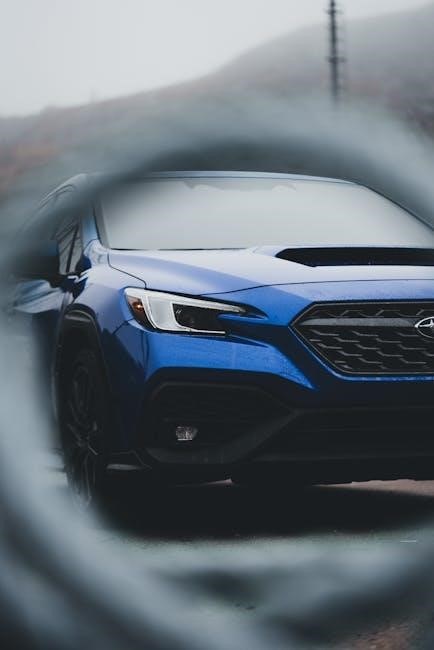
Cost Comparison
Manual recliners are generally more affordable, with prices starting from $100, while power recliners range from $300 to $1,500, depending on features and quality.
Price Range of Manual Recliners
Manual recliners typically range in price from $100 to $500, offering an affordable option for those seeking comfort without advanced features. Basic models, often made of sturdy materials like steel frames and durable fabrics, start around $100-$200. Mid-range options, with better cushioning and aesthetics, fall between $200-$400. Premium manual recliners, featuring high-quality leather and ergonomic designs, can cost up to $800. The price variation depends on factors such as size, material quality, and additional features like footrests or armrest adjustments. Overall, manual recliners provide a budget-friendly alternative to power recliners, making them a popular choice for cost-conscious consumers.
Price Range of Power Recliners
Power recliners generally range in price from $300 to $2,000, depending on the brand, quality, and features. Basic models with essential power functions, such as reclining and footrest extension, start around $300-$600. Mid-range power recliners, offering additional features like heat, massage, and adjustable headrests, typically cost between $600-$1,200. Premium models, often equipped with advanced technology, luxurious materials, and customizable settings, can range from $1,200 to $2,000. High-end power recliners may include features like wireless controls, smart home integration, and high-quality leather upholstery. Prices vary significantly based on the brand and the level of sophistication, making power recliners a more substantial investment compared to manual recliners.
Value for Money
When comparing manual and power recliners, value for money depends on your priorities. Manual recliners are often more affordable upfront, making them a budget-friendly option for those seeking basic comfort. They require less maintenance and are generally more durable in the long run. On the other hand, power recliners offer advanced features and convenience, which may justify their higher cost for users who value ease of use and additional functionalities. While power recliners may seem expensive initially, their longevity and enhanced comfort features can provide long-term value. Ultimately, the best choice depends on balancing your budget with the benefits each type offers, ensuring you get the most value for your investment.
Long-Term Investment
Both manual and power recliners can serve as long-term investments, but their durability and maintenance requirements vary. Manual recliners are often built with simpler mechanisms, making them less prone to mechanical failures and requiring minimal upkeep. This simplicity can extend their lifespan, providing years of reliable service. Power recliners, while more complex, offer advanced features that may enhance comfort and convenience over time. However, their electronic components can be more susceptible to wear and tear, potentially leading to higher maintenance or repair costs. Considering your lifestyle and preferences, choosing a recliner that aligns with your long-term needs ensures lasting satisfaction and value. Investing in a high-quality option, whether manual or power, can provide comfort and durability for years to come.
Choosing between manual and power recliners depends on personal preferences, lifestyle, and priorities. Manual recliners offer simplicity, affordability, and ease of use, making them ideal for those seeking a low-maintenance option. Power recliners, on the other hand, provide advanced features and convenience, appealing to individuals who value comfort and technology. Both options can be excellent investments if they align with your needs and budget. Consider factors like durability, customization, and long-term maintenance when making your decision. Ultimately, the right choice will enhance your relaxation experience and provide lasting satisfaction. Take your time to weigh the pros and cons, and select the recliner that best fits your daily life and preferences for optimal comfort and value.

